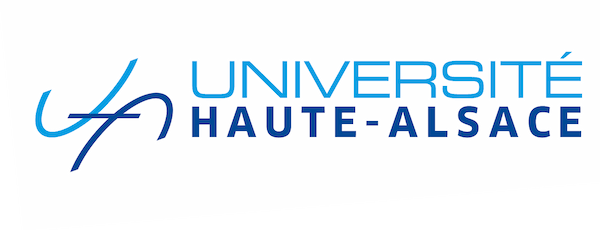Focus on...
Latest publications
Two halves don't make a whole: instability and idleness emerging from the co-evolution of the production and innovation processes
LLERENA Patrick, LOBET Corentin, LORENTZ André (à paraître)
Review of Evolutionary Political Economy
Structural Transformations and Cumulative Causation: Towards an Evolutionary Micro-foundation of the Kaldorian Growth Model
LORENTZ André, CIARLI Tommaso, SAVONA Maria, VALENTE Marco (à paraître)
Handbook of Research Methods and Applications in Industrial Dynamics and Evolutionary Economics, U. Cantner, M. Guerzoni, S. Vannuccini (eds.), Edward Elgar.
Fonctions et complémentarités des intermédiaires de l’innovation dans la facilitation des collaborations entre banques et startups technologiques
BERTIN Clarice, SCHAEFFER Véronique (2025)
Numéro sur les "Organisations - Startups, Écosystèmes complexes d'innovation ouverte", revue Innovations, 76(1), 57-90.
The private sector is hoarding AI researchers: What implications for science?
BIANCHINI Stefano, JUROWETZKI Roman, HEIN Daniel, WIRTZ Kevin (2025)
AI & Society
Revisiting Patent Pool Strategies through the Lens of Platforms
YI Shengxi, SCHENK Eric (2025)
Journal of Innovation Economics and Management
Interdisciplinary research in artificial intelligence: Lessons from COVID-19
ABBONATO Diletta, BIANCHINI Stefano, GARGIULO Floriana, VENTURINI Tommaso (2024)
Quantitative Science Studies, 1-14.






